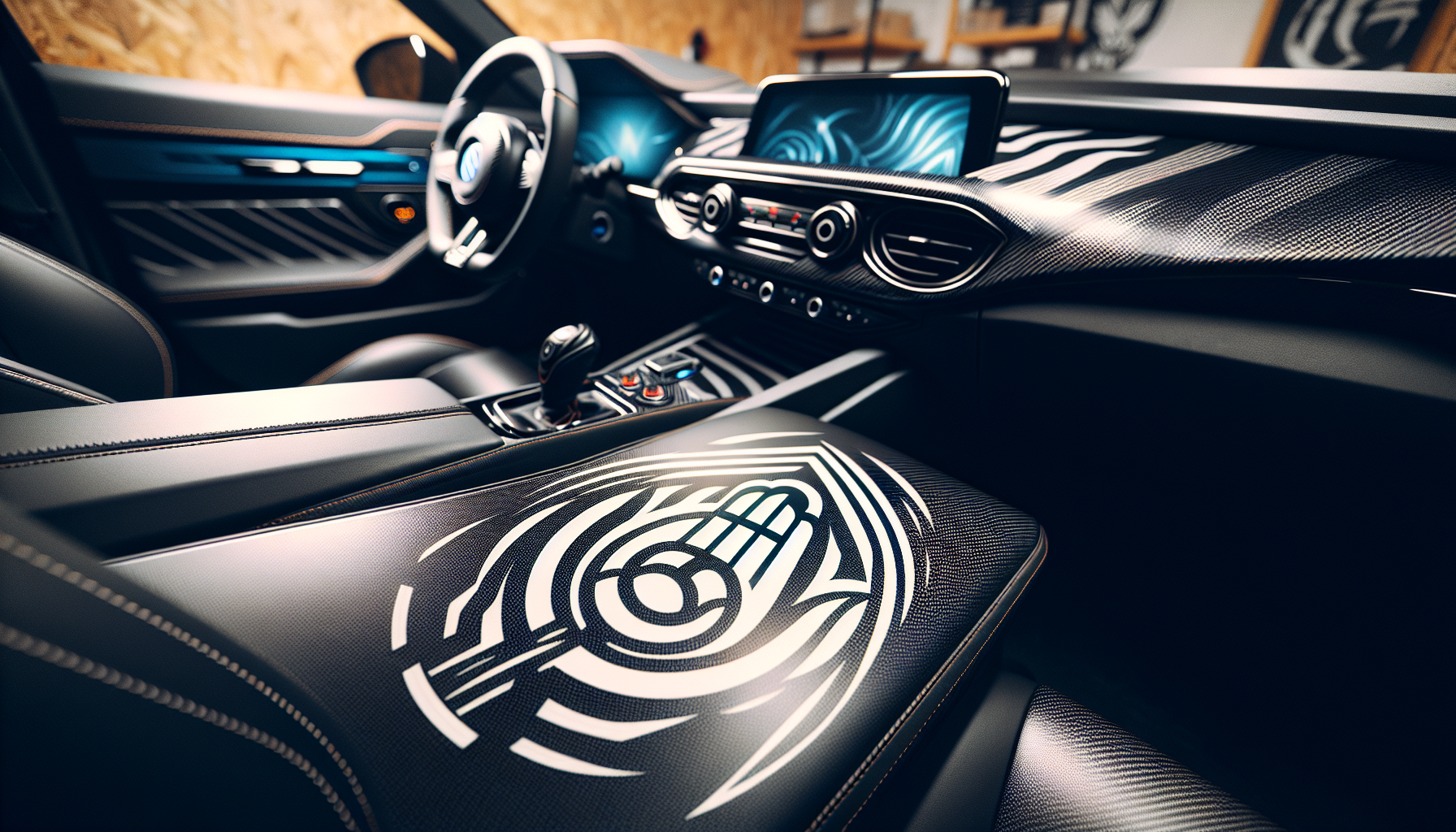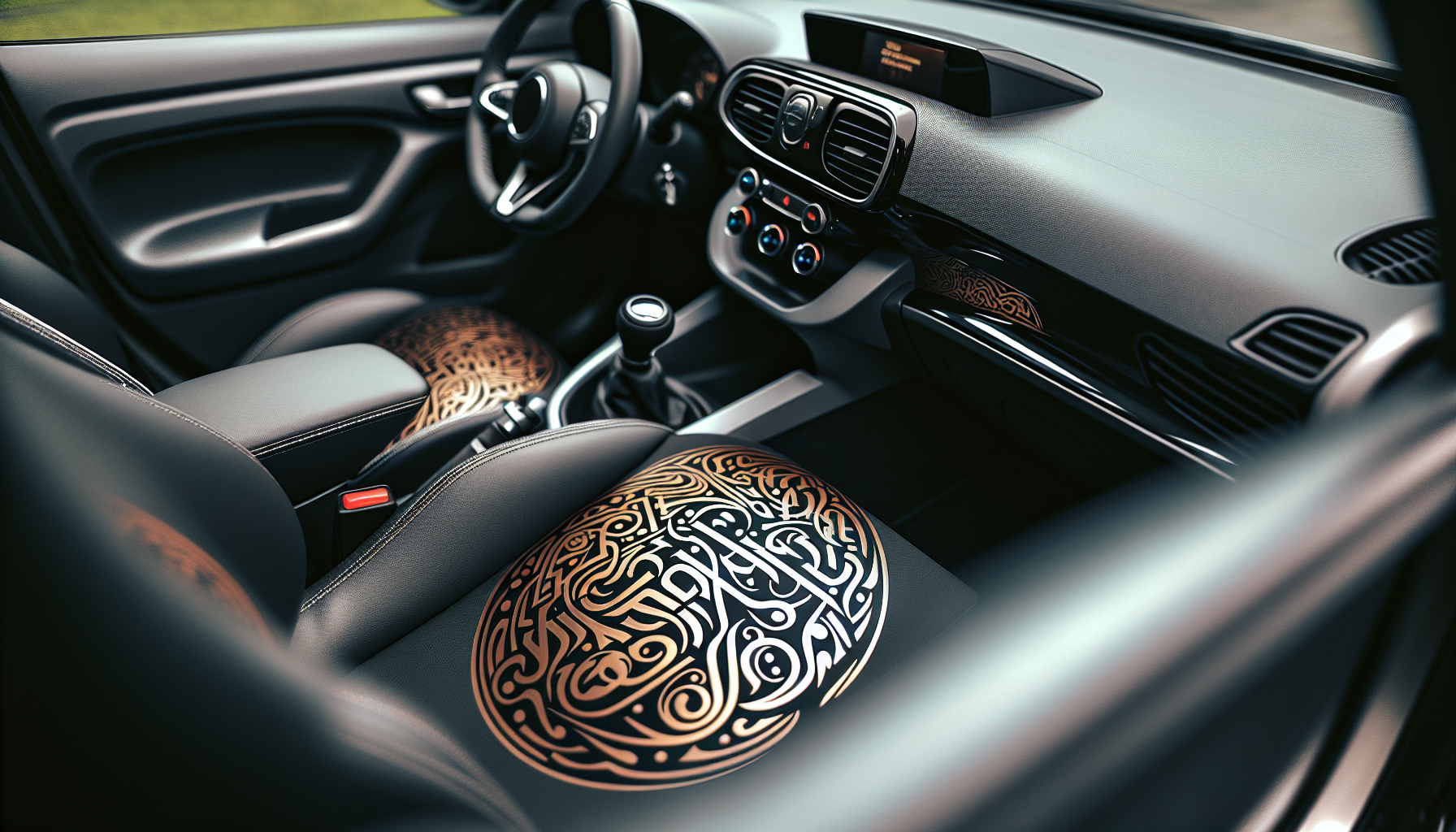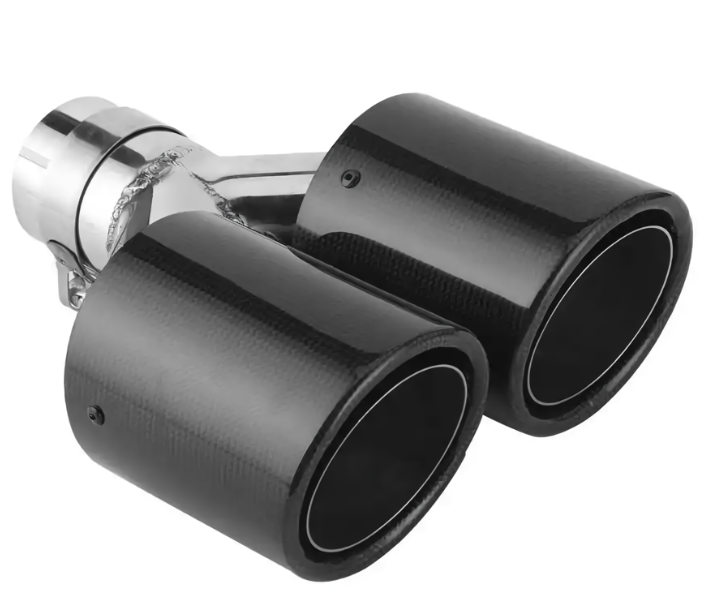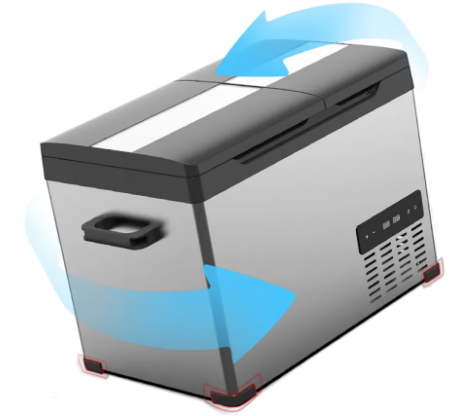Transform Your Car’s Interior with a Personalized Touch

Are you tired of the same old bland interior design in your car? Do you want to add a personal touch to your vehicle’s interior without breaking the bank? Look no further! Vinyl wrapping your car’s interior surfaces is a game-changer. Not only does it provide a unique and personalized look, but it also offers protection and maintenance benefits. In this comprehensive guide, we’ll explore the possibility of vinyl wrapping car interior surfaces, its benefits, and the essential steps to achieve a successful installation.
From understanding the different types of vinyl wrap materials to preparing your car’s interior surfaces for the wrap, we’ll cover it all. We’ll also provide expert tips and tricks for a professional-looking installation, including choosing the right design and avoiding common mistakes. Whether you’re a car enthusiast, a DIY enthusiast, or simply someone looking to upgrade your vehicle’s interior, this guide is perfect for you.
So, if you’re ready to take your car’s interior to the next level, let’s dive in and explore the world of vinyl wrapping car interior surfaces. With its endless design possibilities, protective benefits, and ease of installation, vinyl wrapping is an exciting trend that’s here to stay. Buckle up and get ready to transform your car’s interior into a unique and personalized space that reflects your personality and style!
1. Is Vinyl Wrapping Car Interior Surfaces Possible?
The short answer is yes, vinyl wrapping car interior surfaces is not only possible but also a highly popular trend in the automotive industry. With the advancement of technology, vinyl wrapping has become a versatile and durable solution for customizing your car’s interior. From dashboard trim to door panels, and from steering wheels to gearshift knobs, vinyl wrapping can be applied to almost any surface, giving you endless design possibilities.
One of the primary concerns when it comes to vinyl wrapping car interior surfaces is the material’s durability. Will it withstand the wear and tear of daily use? The good news is that modern vinyl wrap materials are designed to be long-lasting and resistant to scratches, fading, and cracks. They are also easy to clean and maintain, making them a practical solution for car owners.
In addition to its durability, vinyl wrapping car interior surfaces is also a cost-effective way to customize your vehicle. Unlike costly interior upgrades, vinyl wrapping is a non-invasive and non-permanent solution that can be easily removed or replaced when you want to try a new design. This makes it an ideal option for car enthusiasts who want to express their personal style without breaking the bank. With its versatility, durability, and cost-effectiveness, vinyl wrapping car interior surfaces is a feasible and exciting way to take your car’s interior to the next level.
What is vinyl wrapping?
Vinyl wrapping is a revolutionary technology that has transformed the way we customize and personalize our vehicles, laptops, and even furniture. At its core, vinyl wrapping involves applying a thin, flexible layer of vinyl material to a surface, allowing for a wide range of designs, patterns, and colors to be applied. This versatile technology has been used in various industries, including automotive, advertising, and interior design.
In the automotive world, vinyl wrapping has become a popular way to customize car exteriors and interiors. From racing stripes to unique designs, vinyl wrapping offers an endless range of possibilities for car enthusiasts. But its applications go beyond cars. Vinyl wrapping is also used in advertising and marketing to create eye-catching signs, displays, and promotional materials. In interior design, vinyl wrapping is used to add a personal touch to furniture, walls, and even floors.
The beauty of vinyl wrapping lies in its flexibility and durability. Vinyl wrap materials are designed to be long-lasting and resistant to scratches, fading, and cracks. They are also easy to install and remove, making them a practical solution for anyone looking to customize their belongings. With its versatility, durability, and ease of use, vinyl wrapping has become a go-to solution for anyone looking to add a personal touch to their car, laptop, or home decor.
Types of vinyl wrap materials
When it comes to vinyl wrapping car interior surfaces, the type of material used can make all the difference. With so many options available, it’s essential to understand the characteristics of each material to choose the right one for your project. Cast vinyl, calendared vinyl, and premium vinyl are three popular types of vinyl wrap materials suitable for car interior surfaces.
Cast vinyl is a high-quality material known for its durability and conformability. It’s ideal for complex curves and surfaces, making it a popular choice for wrapping car interior parts like dashboards and trim. Calendared vinyl, on the other hand, is a more economical option that’s suitable for flat surfaces like door panels and console lids. Premium vinyl is a high-end material that offers superior durability and scratch resistance, making it a great option for high-traffic areas like steering wheels and gearshift knobs.
In addition to these common types, there are also specialty vinyl wrap materials available, such as metallic, gloss, and matte finishes. These materials can add a unique touch to your car’s interior and create a truly customized look. With so many options to choose from, it’s essential to research and select the right vinyl wrap material for your car interior surface to ensure a successful and long-lasting installation.
2. Benefits of Vinyl Wrapping Car Interior Surfaces

Vinyl wrapping your car’s interior surfaces is a great idea for several reasons. Not only does it offer a unique and personalized look, but it also provides a range of benefits that can enhance your overall driving experience. One of the most significant advantages of vinyl wrapping car interior surfaces is the ability to express your personal style and individuality. With a wide range of designs, patterns, and colors to choose from, you can create a truly customized look that reflects your personality and taste.
Another significant benefit of vinyl wrapping car interior surfaces is the protection it offers. Vinyl wrap materials are designed to be durable and resistant to scratches, fading, and cracks, making them an excellent way to protect your car’s interior surfaces from wear and tear. This is especially important for high-traffic areas like steering wheels, gearshift knobs, and door panels. By wrapping these surfaces with vinyl, you can ensure they remain looking new and fresh for years to come.
In addition to its aesthetic and protective benefits, vinyl wrapping car interior surfaces is also a cost-effective way to customize your vehicle. Unlike costly interior upgrades, vinyl wrapping is a non-invasive and non-permanent solution that can be easily removed or replaced when you want to try a new design. This makes it an ideal option for car enthusiasts who want to stay up-to-date with the latest trends and styles without breaking the bank.
Personalization and customization
Vinyl wrapping is a fantastic way to express your personal style and individuality in your car’s interior. With a vast range of designs, patterns, and colors to choose from, you can create a truly unique and personalized look that reflects your personality and taste. Whether you’re into bold and bright colors, subtle and sophisticated designs, or quirky and playful patterns, vinyl wrapping offers endless possibilities to make your car’s interior stand out.
One of the best things about vinyl wrapping is that it’s a highly customizable solution. You can choose a design that matches your personal style, or you can create your own custom design from scratch. This means that you can add your favorite quotes, logos, or images to your car’s interior, making it a true reflection of your personality. With vinyl wrapping, you can also experiment with different colors and finishes, from glossy and metallic to matte and satin, to create a look that’s truly one-of-a-kind.
By vinyl wrapping your car’s interior surfaces, you can also showcase your individuality and creativity. Whether you’re a sports fan, a music lover, or a fan of a particular TV show or movie, you can create a design that reflects your interests and passions. With vinyl wrapping, the possibilities are endless, and you can create a car interior that’s truly unique and reflective of your personality and style.
Protection and maintenance
One of the most significant benefits of vinyl wrapping your car’s interior surfaces is the protection it offers from wear and tear. Vinyl wrap materials are designed to be durable and resistant to scratches, fading, and cracks, making them an excellent way to protect your car’s interior surfaces from daily use. By wrapping your car’s interior surfaces with vinyl, you can prevent damage from spills, stains, and other accidents that can ruin the appearance of your car’s interior.
Vinyl wrapping also makes it easier to maintain your car’s interior surfaces. With a vinyl wrap, you can simply wipe down surfaces with a damp cloth to remove dirt and grime, rather than using harsh chemicals or specialized cleaners. This means that you can keep your car’s interior looking its best without breaking a sweat. Additionally, vinyl wrapping can help to prevent the growth of bacteria and mold on surfaces, which can be a common problem in car interiors.
By protecting your car’s interior surfaces from wear and tear, vinyl wrapping can also help to preserve the value of your vehicle. A well-maintained interior can increase the resale value of your car, and vinyl wrapping can help to ensure that your car’s interior looks like new for years to come. With its protective and maintenance benefits, vinyl wrapping is a smart investment for any car owner who wants to keep their vehicle looking its best.
3. Preparing Your Car’s Interior Surfaces for Vinyl Wrapping
Before you start vinyl wrapping your car’s interior surfaces, it’s essential to prepare them properly to ensure a successful and long-lasting installation. The first step is to clean the surfaces thoroughly to remove any dirt, grime, or oils that may interfere with the vinyl wrap’s adhesive. Use a mild soap and water solution to wipe down the surfaces, and then dry them thoroughly with a microfiber cloth to prevent any water spots.
Next, inspect the surfaces for any scratches or dents that may need to be repaired before applying the vinyl wrap. Use a scratch remover or a filler to repair any imperfections, and then sand the area smooth to ensure a smooth application. If you’re wrapping a surface with a complex curve or shape, you may also need to apply a heat-activated adhesive promoter to ensure the vinyl wrap sticks properly.
By taking the time to properly prepare your car’s interior surfaces, you can ensure a successful and professional-looking vinyl wrap installation. Remember to take your time and be patient, as a good preparation is key to a long-lasting and durable vinyl wrap. With a clean and smooth surface, you’ll be ready to apply your vinyl wrap and enjoy the benefits of a customized and protected car interior.
Cleaning and degreasing
When it comes to preparing your car’s interior surfaces for vinyl wrapping, cleaning and degreasing are crucial steps that cannot be overlooked. Dirt, grime, and oils on the surface can interfere with the vinyl wrap’s adhesive, causing bubbles, wrinkles, and other imperfections. To ensure a smooth and successful application, it’s essential to remove all contaminants from the surface.
Start by wiping down the surface with a mild soap and water solution to remove any loose dirt and debris. Use a soft-bristled brush to gently scrub any stubborn areas, and then dry the surface thoroughly with a microfiber cloth to prevent any water spots. Next, use a degreaser to remove any oils or waxes that may be present on the surface. This is especially important for surfaces that are prone to oil buildup, such as dashboards and trim.
By taking the time to thoroughly clean and degrease your car’s interior surfaces, you can ensure a strong bond between the vinyl wrap and the surface. This will result in a smooth, bubble-free application that will last for years to come. Remember to be patient and meticulous in your cleaning process, as a clean surface is the key to a successful vinyl wrap installation.
Surface preparation and repair
After cleaning and degreasing your car’s interior surfaces, the next step is to prepare and repair the surface to ensure a smooth vinyl wrap finish. This involves fixing any scratches, dents, or other imperfections that may be present on the surface. By taking the time to repair these imperfections, you can ensure a seamless and professional-looking vinyl wrap installation.
Start by inspecting the surface for any scratches or dents. Use a scratch remover or a filler to repair any imperfections, and then sand the area smooth to ensure a smooth application. For deeper scratches or dents, you may need to use a more extensive repair process, such as using a body filler or a paint touch-up. Be sure to follow the manufacturer’s instructions for any repair products you use, and take your time to ensure a smooth and even finish.
By preparing and repairing the surface, you can ensure a smooth and successful vinyl wrap installation. A smooth surface is essential for a professional-looking finish, and by taking the time to prepare and repair the surface, you can ensure a vinyl wrap that looks like it was done by a pro. Remember to be patient and meticulous in your repair process, as a smooth surface is the key to a successful vinyl wrap installation.
4. Tips and Tricks for a Successful Vinyl Wrap Installation
When it comes to vinyl wrapping your car’s interior surfaces, a successful installation requires attention to detail and a few expert tips and tricks. With these insider secrets, you can ensure a professional-looking vinyl wrap that exceeds your expectations. First, make sure to choose a high-quality vinyl wrap material that is designed for interior use. This will ensure that your vinyl wrap is durable and long-lasting.
Next, take your time when applying the vinyl wrap to ensure a smooth and bubble-free installation. Use a heat gun or a squeegee to remove any air bubbles or wrinkles, and make sure to apply even pressure to the vinyl wrap to prevent creases or folds. Additionally, consider using a laminate or a clear coat to protect your vinyl wrap from scratches and fading.
Finally, don’t be afraid to experiment and try new things. Vinyl wrapping is an art, and there’s no one-size-fits-all solution. With practice and patience, you can master the art of vinyl wrapping and create a truly unique and personalized car interior. Remember to follow the manufacturer’s instructions for any vinyl wrap materials or tools you use, and don’t hesitate to seek advice from a professional if you’re unsure about any aspect of the installation process.
Choosing the right vinyl wrap design
When it comes to choosing a vinyl wrap design for your car’s interior, the possibilities are endless. With so many colors, patterns, and designs to choose from, it can be overwhelming to select the right one. However, by considering your car’s interior style and your personal taste, you can narrow down your options and find the perfect design.
Think about the overall aesthetic you want to achieve in your car’s interior. Do you want a bold and eye-catching design, or a more subtle and understated look? Consider the color scheme of your car’s interior, as well as any existing design elements such as trim or accents. You can also draw inspiration from your favorite hobbies, sports teams, or personal interests. With a little creativity and imagination, you can find a vinyl wrap design that reflects your unique personality and style.
Remember, the key to a successful vinyl wrap installation is to choose a design that complements your car’s interior and personal style. Don’t be afraid to experiment and try out different designs until you find the one that’s right for you. With a wide range of vinyl wrap designs available, you’re sure to find the perfect one to enhance your car’s interior and make it truly one-of-a-kind.
Applying heat and pressure
When it comes to achieving a smooth, bubble-free vinyl wrap finish, applying heat and pressure is crucial. Heat helps to relax the vinyl material, making it more pliable and easier to conform to the surface of your car’s interior. This is especially important when wrapping complex curves or surfaces with deep recesses.
By applying heat to the vinyl wrap, you can ensure that it adheres smoothly to the surface, without any wrinkles or bubbles. Pressure is also essential, as it helps to push out any air bubbles that may form during the installation process. Use a squeegee or a credit card to apply even pressure to the vinyl wrap, working from the center of the surface outwards. This will help to prevent any bubbles or wrinkles from forming.
By combining heat and pressure, you can achieve a smooth, bubble-free vinyl wrap finish that looks like it was done by a professional. Remember to use a heat gun or a hair dryer to apply gentle heat to the vinyl wrap, and to work slowly and carefully to avoid any mistakes. With a little patience and practice, you can master the art of vinyl wrapping and create a truly stunning car interior.
Common mistakes to avoid
While vinyl wrapping can be a DIY-friendly project, there are some common mistakes to avoid to ensure a successful and professional-looking installation. One of the most common mistakes is not preparing the surface properly, which can lead to bubbles, wrinkles, and a poor finish. Make sure to clean and degrease the surface, and fix any imperfections before applying the vinyl wrap.
Another common mistake is not applying enough heat or pressure, which can cause the vinyl wrap to not adhere properly to the surface. Use a heat gun or a hair dryer to apply gentle heat to the vinyl wrap, and use a squeegee or a credit card to apply even pressure. Additionally, not using a laminate or a clear coat can leave the vinyl wrap exposed to scratches and fading.
By learning from these common mistakes, you can avoid costly errors and ensure a successful vinyl wrap installation. Remember to take your time, work slowly and carefully, and don’t be afraid to ask for help or advice from experienced vinyl wrap installers. With a little patience and practice, you can achieve a professional-looking vinyl wrap finish that will make your car’s interior stand out.
What is the best way to clean and prepare the surface for vinyl wrapping?
The best way to clean and prepare the surface for vinyl wrapping is to use a mild soap and water solution to remove any dirt, grime, or oils. Then, use a degreaser to remove any remaining impurities and ensure a smooth application.
How do I avoid air bubbles when applying the vinyl wrap?
To avoid air bubbles when applying the vinyl wrap, use a squeegee or a credit card to apply even pressure, working from the center of the surface outwards. This will help to push out any air bubbles that may form during the installation process.
Can I vinyl wrap my car’s interior surfaces myself, or do I need to hire a professional?
While vinyl wrapping can be a DIY-friendly project, it does require some skill and patience. If you’re not comfortable with the installation process, it’s recommended to hire a professional vinyl wrap installer to ensure a smooth and professional-looking finish.
How long does a vinyl wrap last on a car’s interior surface?
The lifespan of a vinyl wrap on a car’s interior surface depends on several factors, including the quality of the vinyl material, the installation process, and the level of maintenance. On average, a well-installed vinyl wrap can last for 5-7 years before needing to be replaced.
Can I remove the vinyl wrap from my car’s interior surface if I want to change the design?
Yes, vinyl wraps can be removed from car interior surfaces. However, it’s recommended to use a heat gun or a hair dryer to loosen the adhesive, and then slowly peel off the vinyl wrap to avoid damaging the surface.


